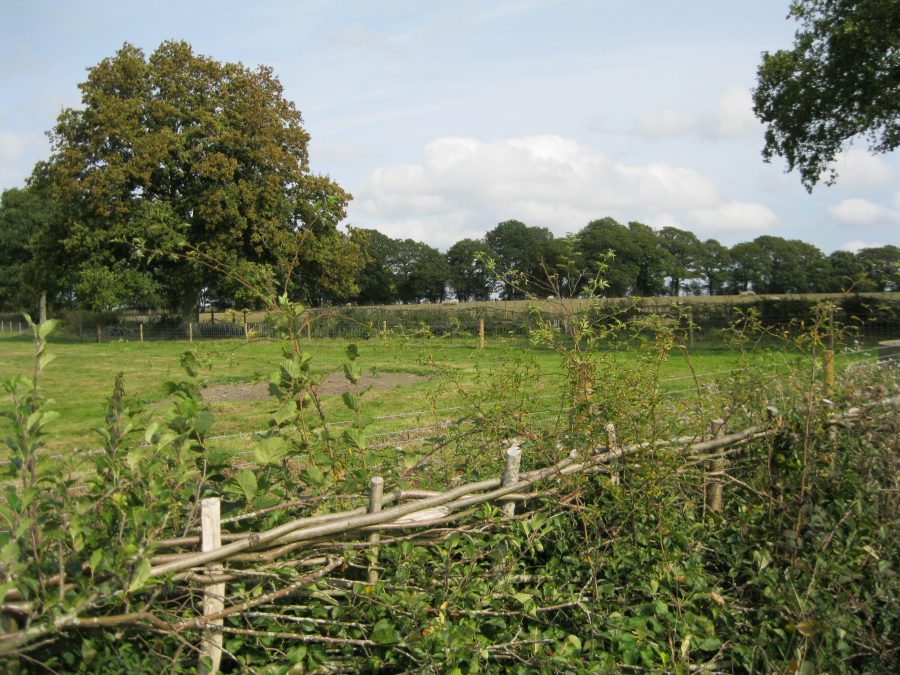Jo Carter says you can design the hedge to suit your smallholding.
Good news… it’s planting time from November to March! The Government’s Net Zero target commits to a 100 per cent reduction of greenhouse gas emissions by 2050, compared with 1990 levels. What does this mean? Simply that we should balance greenhouse gas emissions by capturing as much carbon as possible. One of the best (and simplest) ways to achieve Net Zero is by planting trees and hedges. The bareroot season commences in November and English Woodlands can supply a wide range of plants suitable for just about any type of location. These inexpensive, bareroot plants can be delivered across the UK.
WHAT ARE BAREROOT PLANTS?
These plants have been grown in the ground. When the dormant season arrives, they are dug up and can be easily transported because there is no need for soil around the roots. Bareroot plants are the most efficient (and cheapest) way to plant hedges and woodlands. Because they are young, small plants, they are resilient and have the very best chance of establishing quickly, even in areas that might be impossible to water.
WHICH TYPE OF HEDGE?
Hedges don’t need to be boring! You can design your hedge according to your own requirements. Up to 600 plant species have been recorded within ancient, woody hedges – but you can choose what goes into yours. You might consider the following:
- An edible, forager’s hedge. Includes native plants with edible hips, berries, nuts, and botanicals suitable for jams, jelly, syrups, gin-making and more.
- A hedge for pollinators and wildlife, designed to extend flowering and fruiting seasons to attract the maximum number of invertebrates and wildlife.
- Thornless hedge mixtures are designed for use next to paths and circulation routes to minimise snagging and scratching.
- Mixed, native hedge mixtures to enhance the landscape in a natural way. They can provide wildlife corridors which link to other hedges and areas of woodland.
- Single-species hedges to create a more formal boundary within a garden.
- Evergreen hedges that provide maximum privacy and screening.
HOW TO STORE BAREROOT PLANTS
Plants can be kept in their travelling bag for up to 10 days, provided they are frost free and the roots are kept moist (but not sitting in water). If you need to keep them for a longer period, simply heel them into the ground by digging a small trench and covering the roots with damp soil.
GET READY FOR PLANTING!
It really couldn’t be simpler! Follow these easy steps:
- Prepare the soil by removing weeds/grass and mix organic matter with the soil, where required. Take care to ensure the soil is not waterlogged or frozen. If this is the case, wait until conditions improve.
- Ensure the roots of the bareroot plants are moist.
- English Woodlands recommends using Rootgrow mycorrhizae for optimum root establishment, and bonemeal as a slow-release fertilizer. These should be applied during the planting process (see instructions on the packets).
- The plants can be inserted into the soil by making a slot with a spade or can be planted into a prepared trench which is then filled in with the planting medium.
- When planting, ensure the depth of your plant is the same as when they were previously growing.
This article extract was taken from in the November issue of The Country Smallholder magazine, available to buy here.
To receive regular copies of The Country Smallholder magazine featuring more articles like this, subscribe here.
For FREE updates from the world of smallholding, sign up for The Country Smallholder newsletter here.








